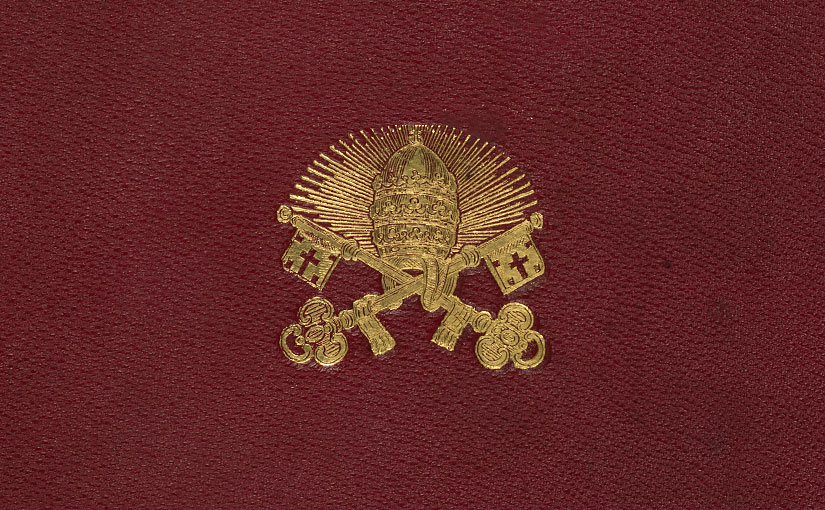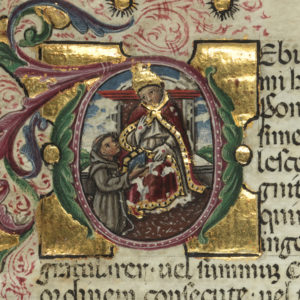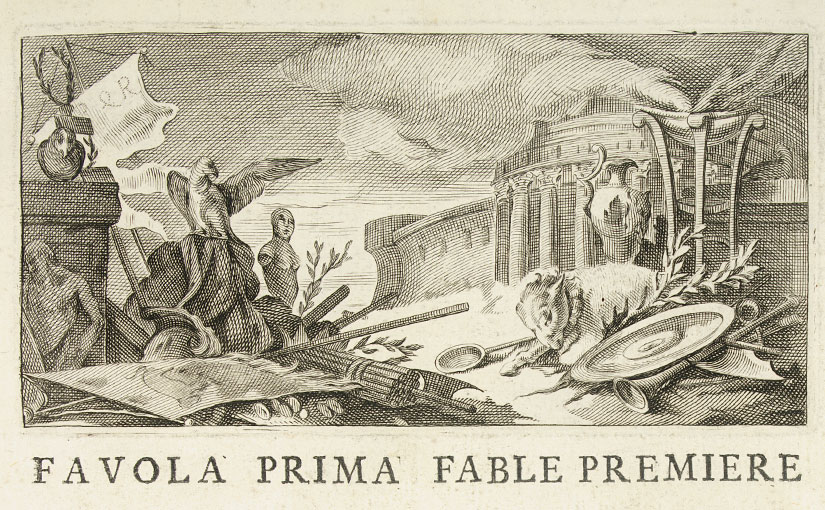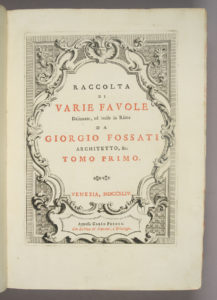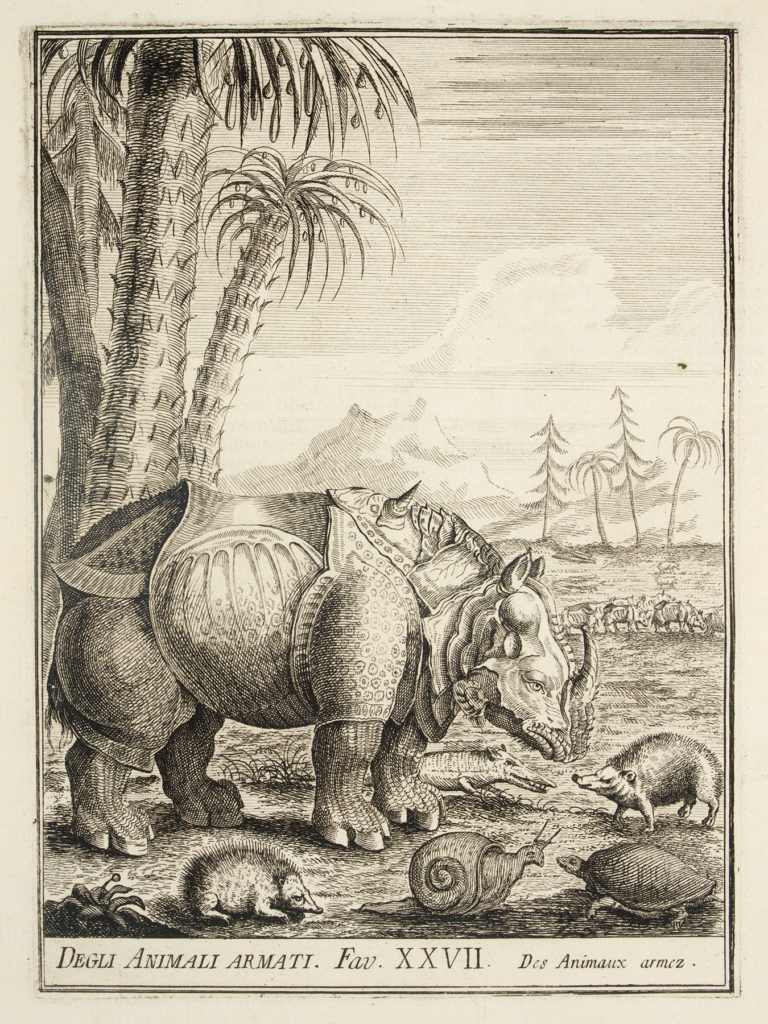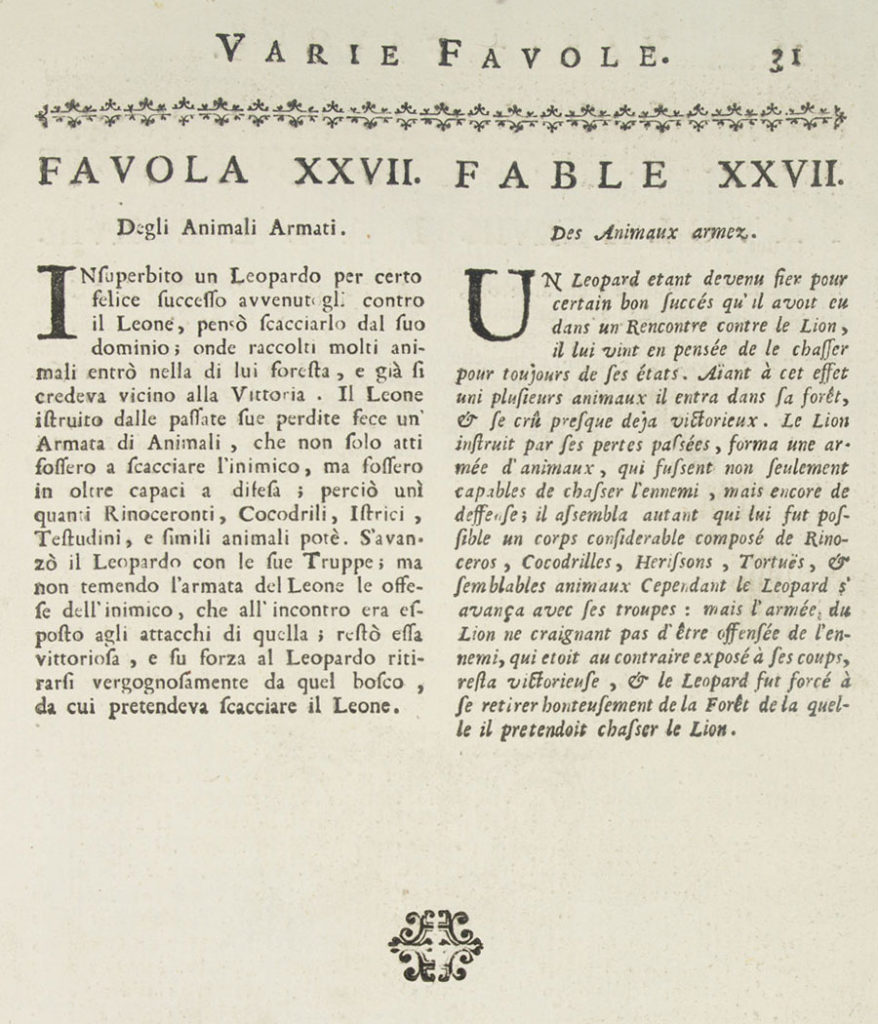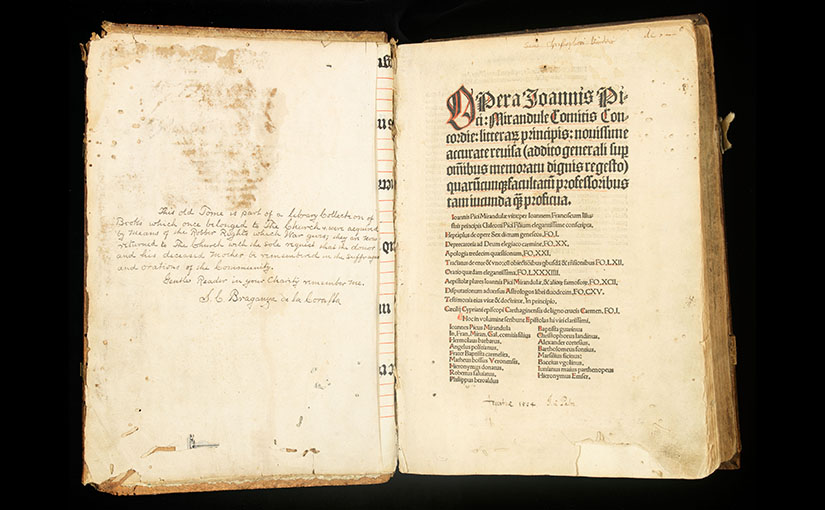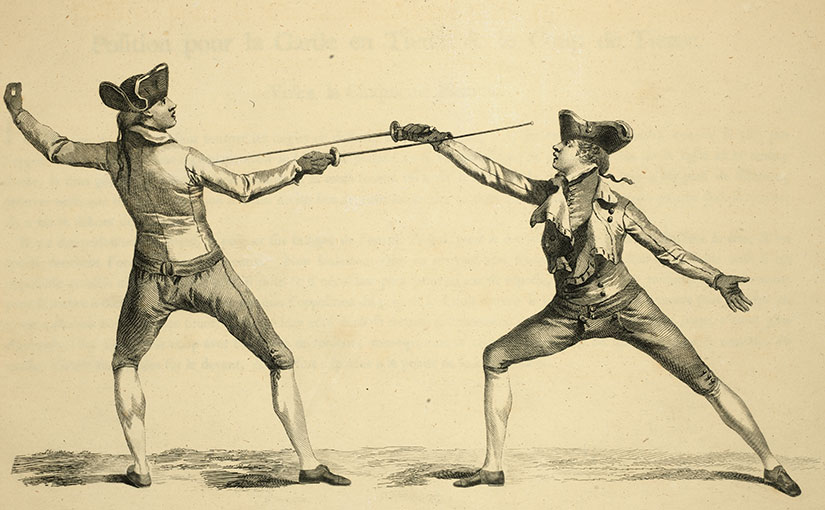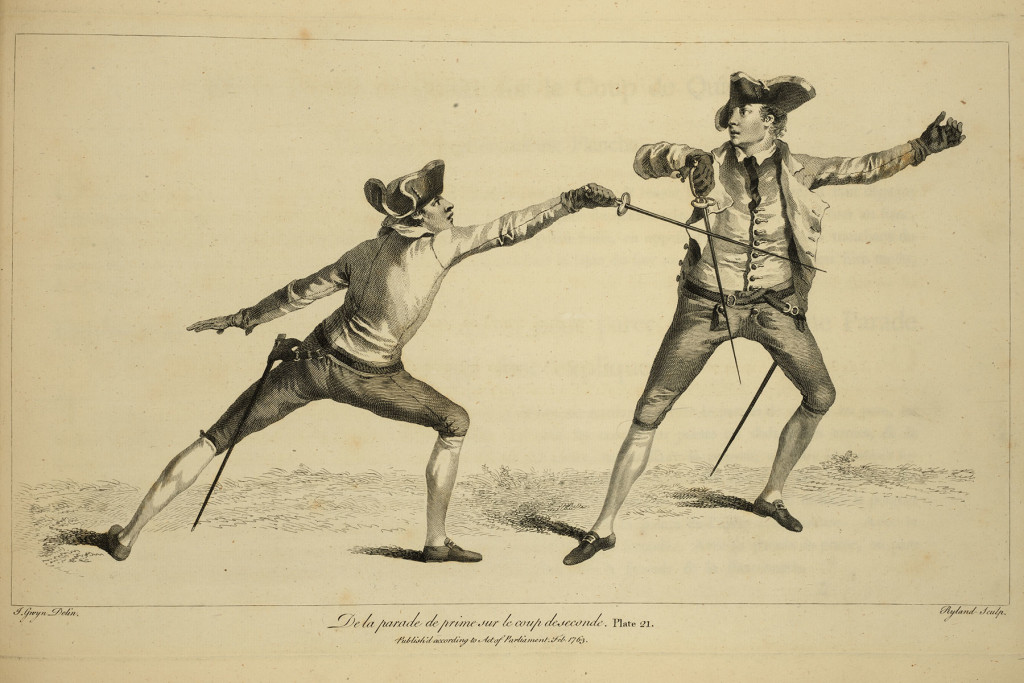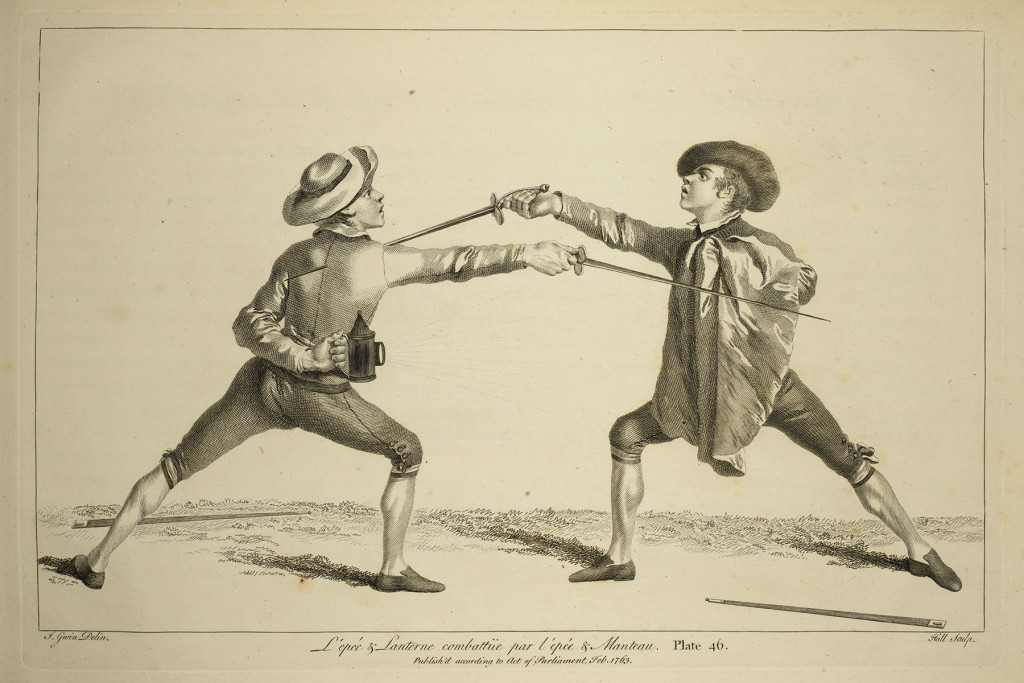Dave Gura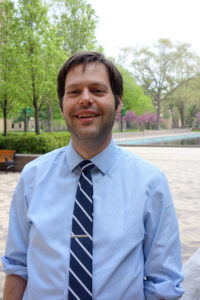 joined Rare Books and Special Collections in August 2010 as Curator of Ancient and Medieval Manuscripts. Trained in Greek and Latin with particular interests in textual criticism, Latin paleography, and manuscript studies, Dave earned his B.A., M.A., and Ph.D. from The Ohio State University. His doctoral research examined the transmission of the Roman poet Ovid in the Middle Ages and culminated in his dissertation, “A Critical Edition and Study of Arnulf of Orléans’s Philological Commentary to Ovid’s Metamorphoses,” under the supervision of Professor Frank T. Coulson.
joined Rare Books and Special Collections in August 2010 as Curator of Ancient and Medieval Manuscripts. Trained in Greek and Latin with particular interests in textual criticism, Latin paleography, and manuscript studies, Dave earned his B.A., M.A., and Ph.D. from The Ohio State University. His doctoral research examined the transmission of the Roman poet Ovid in the Middle Ages and culminated in his dissertation, “A Critical Edition and Study of Arnulf of Orléans’s Philological Commentary to Ovid’s Metamorphoses,” under the supervision of Professor Frank T. Coulson.
Since coming to Notre Dame, Dave has been engaged in numerous projects that have brought attention to the library’s Medieval manuscript collection. He co-curated an exhibit with his colleague, David Sullivan, titled Readers Writing Books: Annotation in Context, 1200-1600 in Spring 2012 that featured medieval annotations in printed texts. Then in Spring 2013, Dave curated his first full exhibit, Hour by Hour: Reconstructing a Medieval Breton Prayerbook, and a version of this was put on display at the Snite Museum at Notre Dame for the Medieval Academy of America annual meeting in Spring 2015. This exhibit featured a fifteenth-century Book of Hours from Brittany, France that had been cut apart so that individual leaves could be sold. In curating this exhibit, Dave aimed to reconstruct the entire manuscript, searching for the various leaves that had been sold, and to inform viewers about the practice of book breaking.
Dave’s current exhibit features papal manuscripts, books, and other materials related to the Vatican. Vestigia Vaticana: An exhibition of papal manuscripts, books, and more in conjunction with the conference “The Promise of the Vatican Library” at the University of Notre Dame opened May 4, 2016, to coincide with the conference.
In addition to highlighting the collection through exhibits, Dave uses the medieval manuscript collection to teach a variety of classes that range from individual tutorials on Western codicology to graduate courses on Latin paleography. Students get hands-on experience analyzing these manuscripts. They learn basic aspects of Western codicology—the study of books as physical objects—including how to read different styles of Latin handwriting, identify bindings, and estimate the period in which the text was written.
Both his classes and exhibits reflect how Dave views his role as curator. He works with manuscripts in the RBSC collections, researching their provenance and content and using them to teach students, faculty, and the public. One of his main goals is to help undergraduates and graduate students develop the skills they need to conduct their own research with these types of materials.
A consummate scholar, Dave has an active research agenda. He recently completed his book entitled A Descriptive Catalogue of the Medieval and Renaissance Manuscripts of the University of Notre Dame and Saint Mary’s College, which is forthcoming from the University of Notre Dame Press. Having finished installing his exhibit, he plans to resume research on a newly acquired fragment that is an unknown witness to a 13th-century French poem to Charlemagne’s mother.
From the hours he spends examining 13th-century papal bulls to evaluate their legitimacy to his dream of acquiring a perfectly glossed, complete, 13th-century copy of Ovid’s Metamorphoses, Dave’s passion for what he does is quite apparent to all of us in Special Collections. To keep up with his research on ND’s medieval collections, follow him on Twitter.
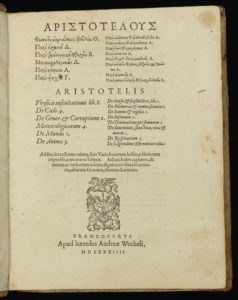 Recently acquired is volume three of Friedrich Sylburg’s authoritative Greek edition of Aristotle’s works. Printed in 1584 in Frankfurt by Andreas Wechel, this volume contains Physikēs akroaseōs biblia 8, Peri ouranou 4, Peri geneseōs kai phthoras 2, Meteōrologikōn 4, Peri kosmou 1, and Peri phychē 3.
Recently acquired is volume three of Friedrich Sylburg’s authoritative Greek edition of Aristotle’s works. Printed in 1584 in Frankfurt by Andreas Wechel, this volume contains Physikēs akroaseōs biblia 8, Peri ouranou 4, Peri geneseōs kai phthoras 2, Meteōrologikōn 4, Peri kosmou 1, and Peri phychē 3.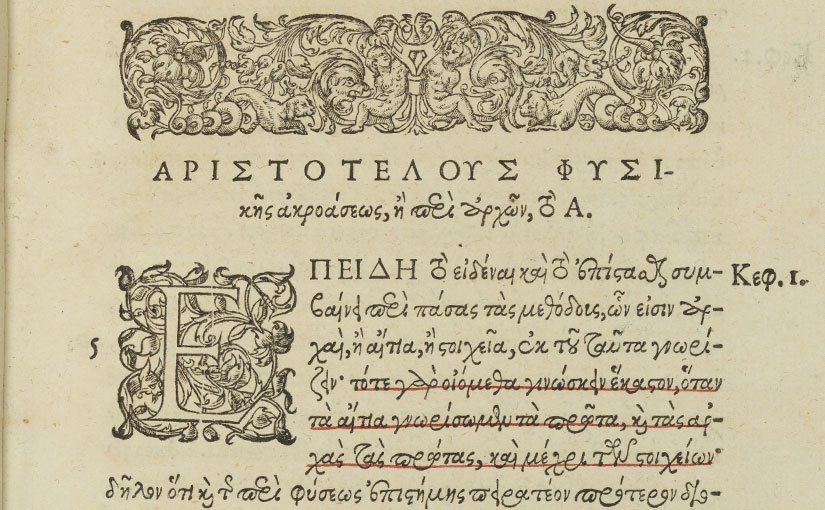
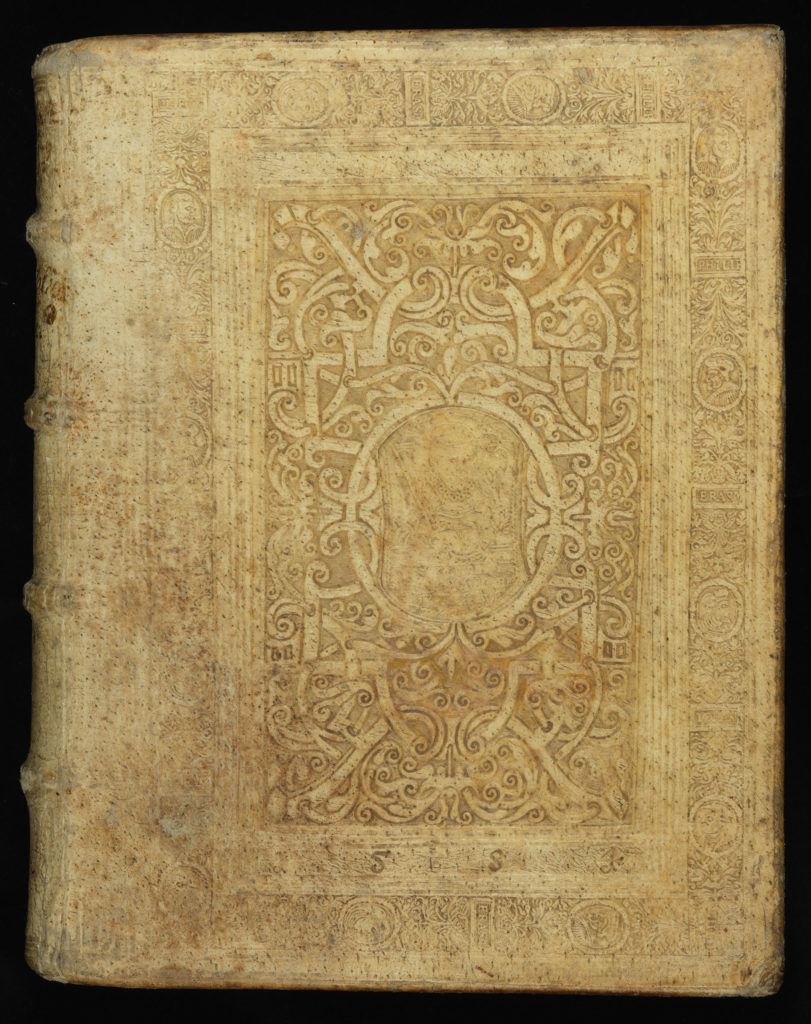
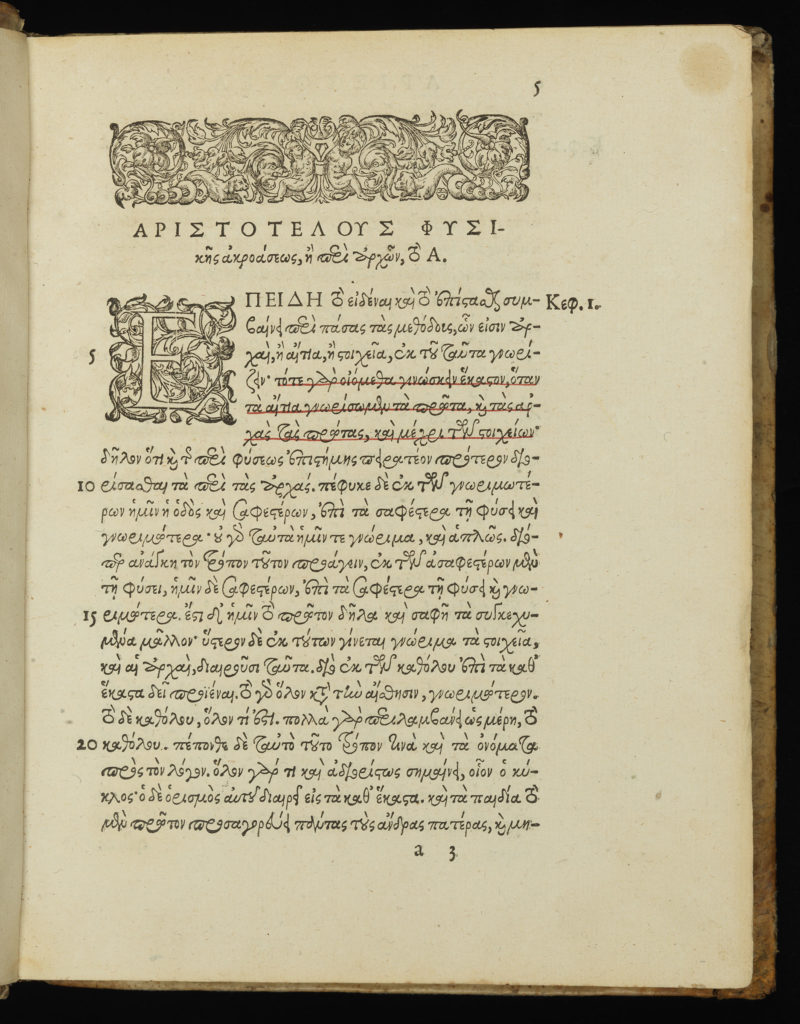


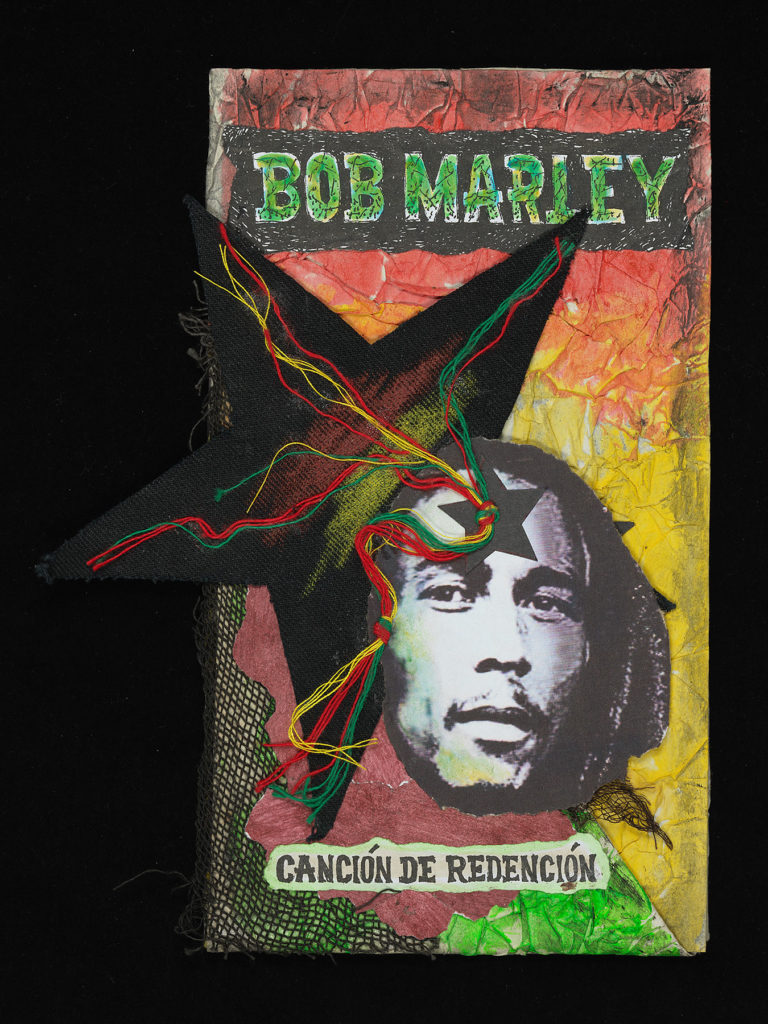




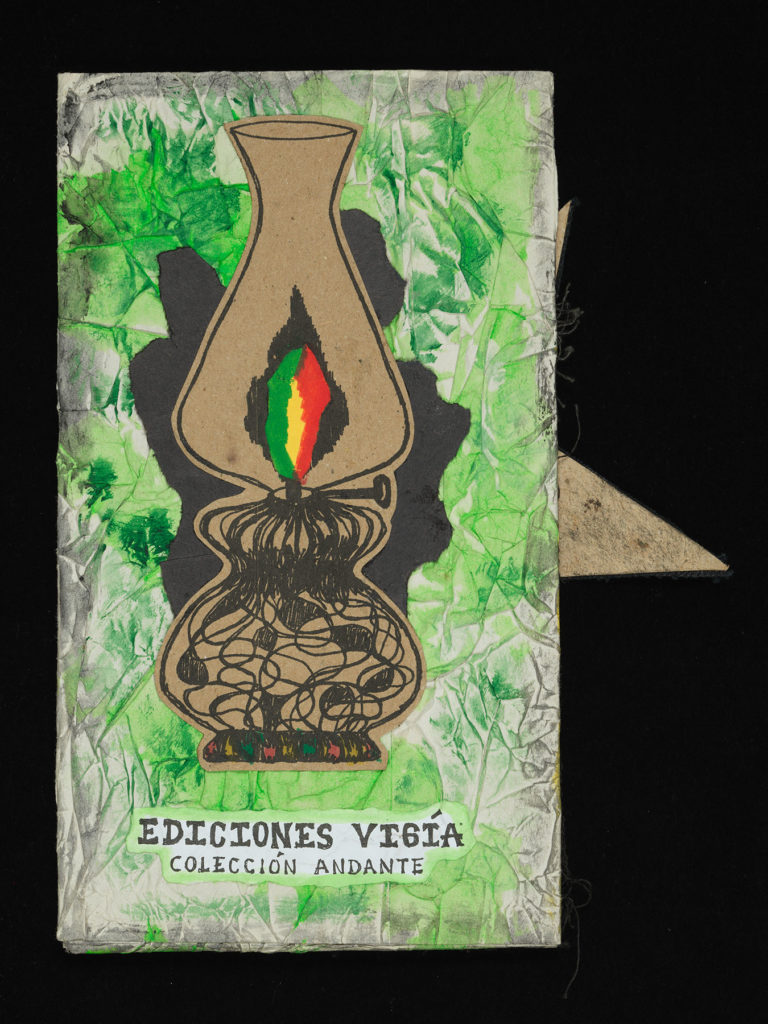
 joined Rare Books and Special Collections in August 2010 as Curator of Ancient and Medieval Manuscripts. Trained in Greek and Latin with particular interests in textual criticism, Latin paleography, and manuscript studies, Dave earned his B.A., M.A., and Ph.D. from The Ohio State University. His doctoral research examined the transmission of the Roman poet Ovid in the Middle Ages and culminated in his dissertation, “A Critical Edition and Study of Arnulf of Orléans’s Philological Commentary to Ovid’s Metamorphoses,” under the supervision of Professor Frank T. Coulson.
joined Rare Books and Special Collections in August 2010 as Curator of Ancient and Medieval Manuscripts. Trained in Greek and Latin with particular interests in textual criticism, Latin paleography, and manuscript studies, Dave earned his B.A., M.A., and Ph.D. from The Ohio State University. His doctoral research examined the transmission of the Roman poet Ovid in the Middle Ages and culminated in his dissertation, “A Critical Edition and Study of Arnulf of Orléans’s Philological Commentary to Ovid’s Metamorphoses,” under the supervision of Professor Frank T. Coulson.